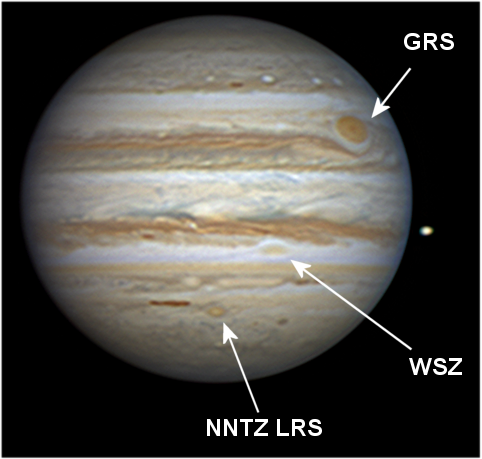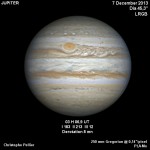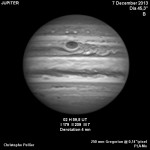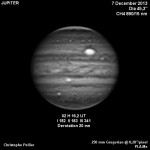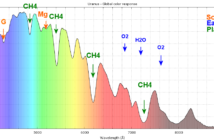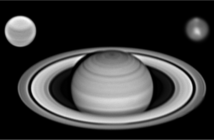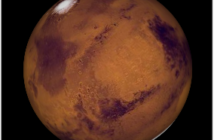A second good night on Jupiter on December 7th, 2013, allowed me to image an old jovian feature that is deeply changing… it looks to be joining the club of the Red spots on Jupiter!
What is a red spot on Jupiter?
Everyone knows the Gread red spot of Jupiter.
But what you may not know is that there are several others red spots on Jupiter, the “Great” one being only the biggest and oldest.
A red spot is a long-lived anticyclonic structure of orange color (it varies with the time, but it is rarely red), very bright in methane band (high altitude) and strongly absorbing in Ultraviolet. The orange tint is given by the reaction to solar UV at the top of the cloud by a still unknow chemical component.
Until know we knew at least 3 red spots: the GRS, the Oval BA, and the NNTZ LRS (north-north-temperate zone little red spot).
At left one of my images from December 7th that shows two of those RS with a third candidate… the White spot Z (WSZ).
“White spot Z”?
The WSZ is again a high-pressure feature that appeard in 1997 (16 years ago) in the North tropical zone of Jupiter (NTrZ). In the NTrZ, every four years a set of small whitish HP pop up from the turbulence. They do not persist for very long usually (a few terrestrial years), and are not very bright in CH4 (so they are not high in the jovian atmosphere). But the WSZ, once formed, demonstrated a peculiar behavior: it did not disappeared following the four-years cycle of activity of the NEB, and its drift speed was much higher than any other white spot in the region.
Over the years its aspect changed quite a lot, bright or not, white or greyish, well visible or almost invisible. In 2013 this is a suprise: it is becoming very bright in CH4 and it’s taking on a noticeable orange tint! And it’s becoming strongly absorbing in blue and UV, like the other red spots… See comparison below with 2012.
The behavior of this feature in the coming months is to be followed closely, but it looks that Jupiter now have a new red spot!
Below some other images from that night
Further reading: a complete study by John Rogers
All the info I have learned about “White spot Z” comes from the work by John Rogers, Director of the Jupiter section of the BAA. He has just published a complete study and I highly recommend the reading !

